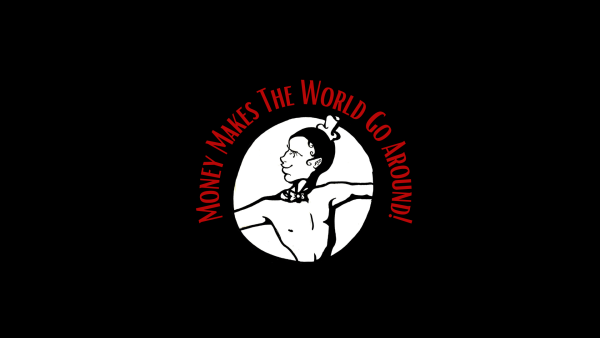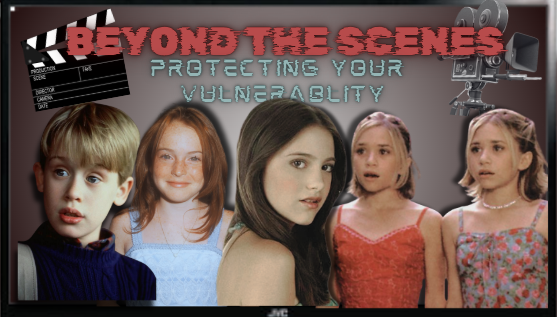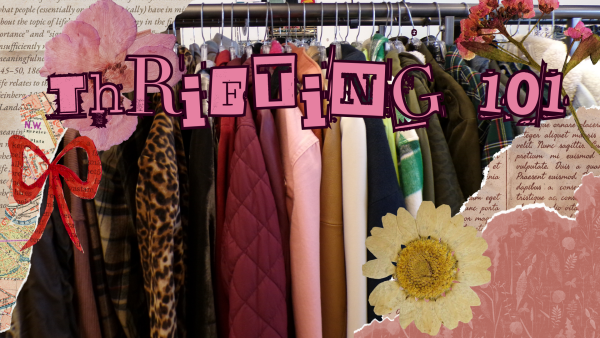#Tone#Tags
A master list of all the tone indicators you could need to guide you through the internet.
Have you ever argued with someone online who seems like the most incompetent human being you’re ever encountered? Seriously, talking to these people seems like the most emotionally taxing experience that comes with being online. Might as well just abolish the human language since digital sarcasm has destroyed human interactions as a whole.
What does that little bit of text even mean? What is “/S” supposed to represent?
Well, as the internet evolves, so does internet etiquette. These little acronyms are called tone tags, or tone indicators. Tone tags are used online in comment sections, texts, or even emails. They can essentially be used whenever necessary as a literary tool.
How can we utilize this? How does it work?
Tone tags can be used online wherever communication occurs. Tone indicators are a tool used to avoid misunderstandings, clarify statements or jokes, and dodge infamous internet trolls. Even though this seems like a harmless and useful tool, people often use tone tags wrong. Mistagging something on purpose can be very counteractive and even cause harm to those who need accurate tone tags.
Misusing tone tags “as a joke” is an entirely pointless act and erases the use of these indicators altogether. Using these tags is completely optional, it just serves as an aid to those who need it. It is also widely appreciated by those who get confused by a person’s tone online. Using tone tags is a personal choice, and so is the amount of tags you use. Sometimes people won’t need to use half of the tags offered, so use whatever feels right.
Who uses tone tags?
Essentially, tone tags are for anyone to use. With a lack of voice inflections, body language, hand jesters, and facial expressions online, interacting can become a lot more difficult. “Tone tag users” are mostly neurodivergent individuals who struggle with tone as a whole.
Albert Mehrabian, a psychology professor at the University of Los Angeles said, “At least 70% of communication is nonverbal.”
Teaching people about tone tags and educating others on how to use them allows the internet to become a more safe and accessible place for young and neurodivergent users. The addition of a small, little acronym at the end of a tweet or message takes little to no time and could be useful to a lot of people for a multitude of reasons.
Although they are very helpful, tone tags can be misused in multiple ways. Mistagging something as a joke is bad because it defeats the initial purpose of the tag. Overusing tags is also something you might want to avoid, as well as adding too many tags.
Using too many, unnecessary tags can come off as infantilization. This is the act of treating someone like a child or ‘mentally incompetent. It is true that these tags are here to aid others, especially neurodivergent individuals, but there is definitely a time and place for how many tags you use. Often at times, only one or two-tone indicators are needed.
Over using tags might look like this, “I love this show SO much!! /pos /gen /lh /nr” [/positive , /genuine , /light hearted , /not romantic]
Some of these tags are unnecessary or very similar to one another, so it’s repetitive and not needed.
While it is good that someone is using tags, not everything requires tags. It’s better to not use tags in situations like this, but if someone asks you for indicators, or what the tone is, you can always reply with them afterward. Stating your opinion or just making a simple statement normally doesn’t need tags. Tone indicators are very situational, so use them as you see fit!
An example of using tags correctly might look like, “I love you! /nr”
[/not romantic]. Therefore, “/nr” means not romantic, which provides clarity to the phrase.
This tag is useful when speaking to friends online that might be uncomfortable with saying “I love you” to others, or you want to indicate that the feelings are completely platonic and simply want to show appreciation to someone. There are lots of tags to apply for a range of tones.
Hopefully, more people learn about tone tags and are more open to using them. Normalizing tone indicators is a good step in helping people online interact, and tone indicators are completely harmless. Some people still don’t know about tags or are informed about how they are used, so hopefully, we can spread information and shed a positive light on this tool for all to use.
Your donation will support the student journalists of Huntington Beach High School. Your contribution will allow us to cover our annual website hosting costs.
Thank you for supporting our program!







